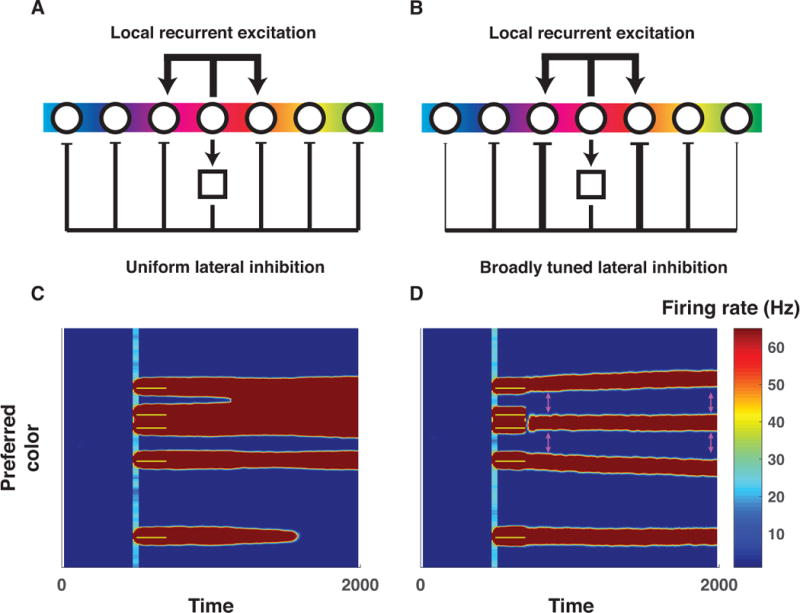Figure 5. Center-surround connectivity as a mechanism to support chunking and partitioning operations needed to optimize working memory storage.

A&B) Local recurrent excitation and lateral inhibition are critical for active working memory maintenance in biologically plausible neural networks (Almeida et al., 2015; Wei et al., 2012). However, the exact form of lateral inhibition has been varied across studies, with the most common version employing uniform inhibition across the entire population of tuned excitatory neurons (A, (Wei et al., 2012)) whereas others employ broadly tuned inhibition such that similarly tuned excitatory neurons indirectly exert stronger inhibitory forces on one another (B, (Almeida et al., 2015)). C) Simulated firing rates (redder colors indicate greater firing) of a population of color tuned neurons using the connectivity architecture described in panel A performing a working memory task (ordinate reflects neural tuning preference; abscissa reflects time in milliseconds; yellow bars indicate 200 ms color inputs delivered in a fixed pattern across network architectures). As described by Wei and colleagues, bumps of neural activity sometimes collide, producing “merged” representations (e.g., top activity bump in panel C), a possible mechanism for chunking. However, also as described by Wei and colleagues, collisions are somewhat indiscriminate and can increase overall population firing, which in turn can lead to collapse of other activity bumps (e.g., bottom activity bump) and hence forgetting. D) Simulated firing rates from the same population of neurons for the same task, but using center-surround connectivity (i.e., broadly tuned inhibition). Note that the closest bumps of activity are selectively chunked (e.g., second and third bump from top), but the tuned inhibition effectively partitions more distantly separated representations (e.g., the top from the second and third) and prevents forgetting of unrelated items. A related consequence of the tuned inhibition is that partitioned representations exert repulsive forces on one another during the delay period (see differences in separation of activity bumps at pink arrows). Thus, tuned inhibition affords selective partitioning of representations, but changes representations through inter-item repulsion.
